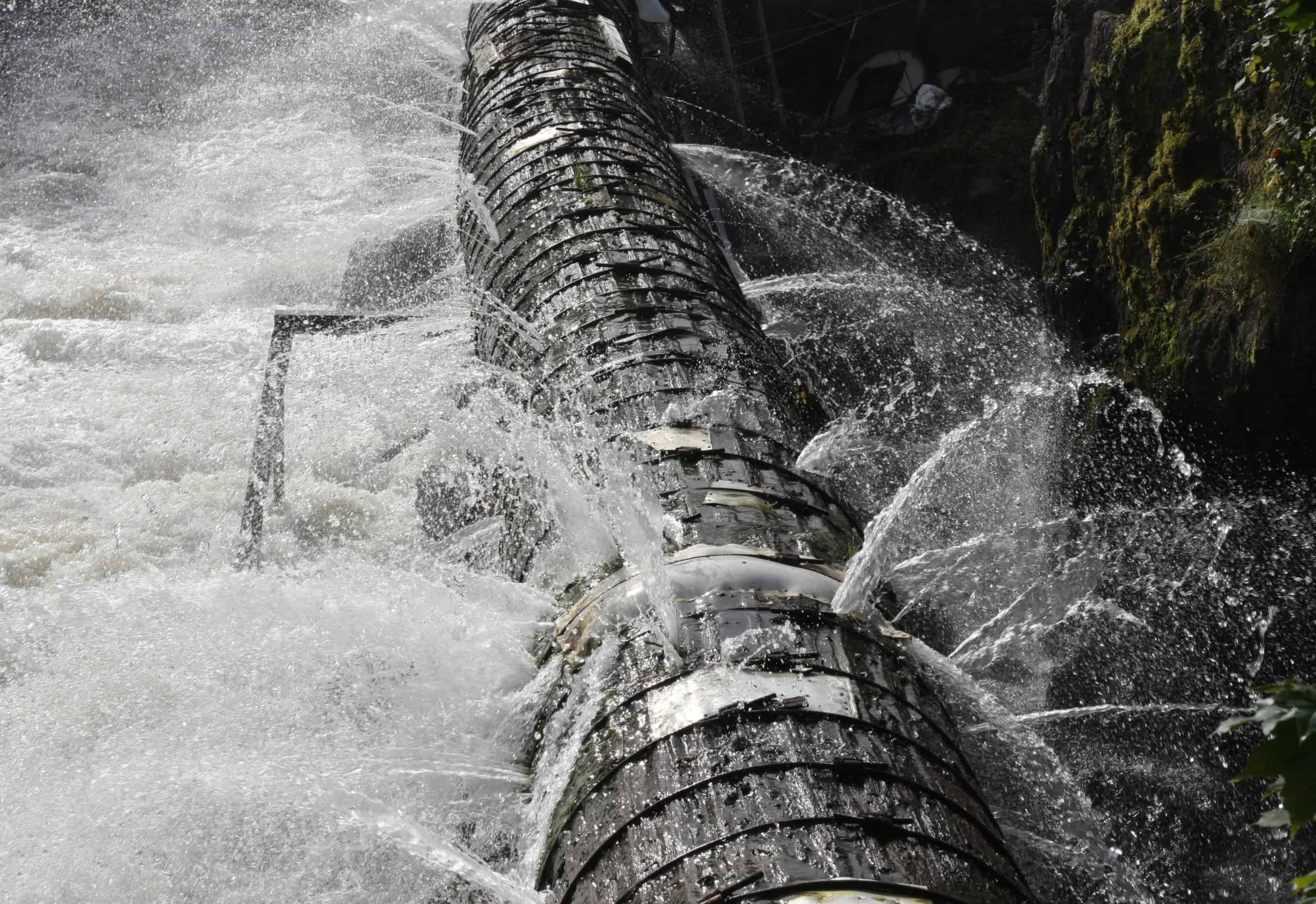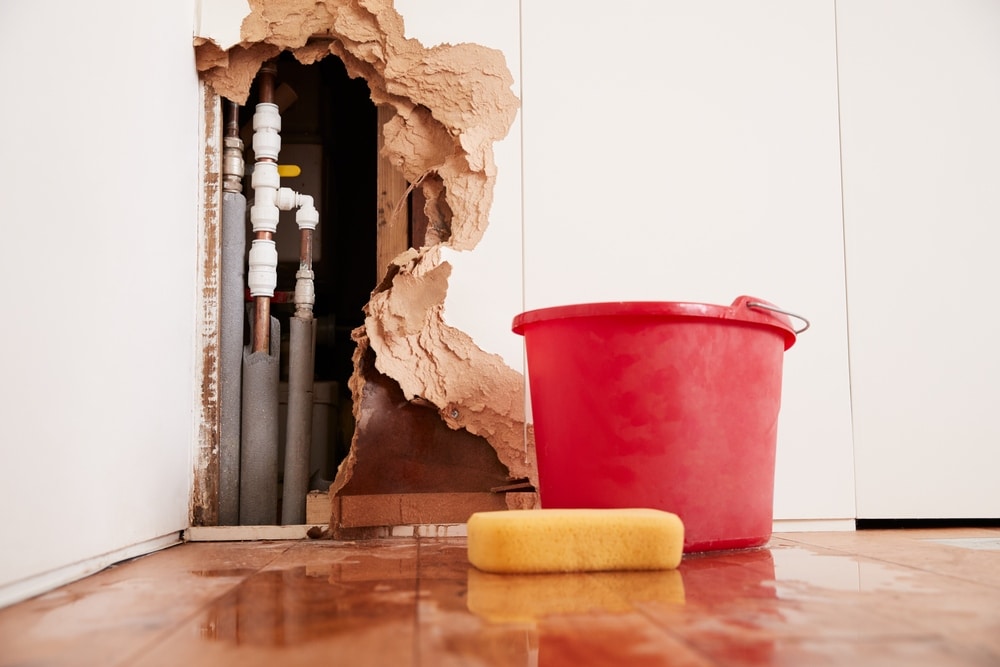Protecting Against Burst Pipeline: Crucial Tips to Protect Your Plumbing
Preventing burst pipes is a vital problem for home owners, particularly during colder months when the risk of freezing is heightened. Executing strategic actions such as proper insulation, routine evaluations, and maintaining constant interior temperatures can significantly minimize the likelihood of pipe failing. In addition, understanding emergency treatments gears up house owners to react quickly to prospective pipes concerns. Nevertheless, many are unaware of the certain vulnerabilities that their pipelines may face. Exploring these vulnerabilities can offer invaluable understandings into protecting your pipes system successfully.
Understand Pipeline Vulnerabilities
Recognizing pipe susceptabilities is vital for efficient pipes maintenance and preventing expensive damage. A number of elements contribute to the vulnerability of pipelines to ruptureds, consisting of product make-up, age, and ecological conditions. Older pipelines, specifically those made from galvanized steel or polybutylene, frequently deteriorate with time, resulting in enhanced danger of ruptures and leakages.
Temperature fluctuations can also substantially impact pipe integrity. In colder climates, water entraped in pipelines can freeze, applying and expanding pressure on the pipeline wall surfaces, which may inevitably lead to a ruptured. High water pressure can strain pipelines, specifically at bends and joints, increasing the probability of failing.

Insulate Piping Correctly
Appropriate insulation of pipelines is critical for protecting against freezing and subsequent ruptureds during cold weather condition (burst pipe). Shielding your pipes system successfully safeguards versus temperature drops that can result in pricey damages. Begin by recognizing prone locations where pipes are revealed to exterior temperatures, such as cellars, attics, and exterior walls
Use foam pipe insulation sleeves or cover insulation tape around these locations to supply a protective obstacle. Ensure that all sections of the pipes, especially those with minimal heat direct exposure, receive appropriate insulation. Pay special focus to joints and installations, as these are a lot more vulnerable to cold.
When protecting, it's important to choose materials that fulfill regional building ordinance and are appropriate for the details atmosphere. Fiberglass insulation is frequently advised for its thermal resistance residential or commercial properties. In addition, think about making use of warmth cords or tape in extreme problems, which can be connected in to give supplemental warm
Regularly examine protected pipes for any type of indications of wear or damage, as jeopardized insulation can reduce its efficiency. By taking these proactive procedures, you substantially minimize the danger of pipe bursts, guaranteeing a reliable pipes system throughout the cold weather.
Maintain Constant Temperature
A stable indoor temperature level is necessary for preventing burst pipes during the frigid months. When temperatures drop, water within pipelines can freeze, expanding and developing stress that might ultimately create the pipelines to burst. To alleviate this danger, house owners should maintain a constant temperature level throughout their home, ideally no lower than 55 ° F(13 ° C)Using a programmable thermostat can assist manage indoor temperatures properly, ensuring that areas with plumbing continue to be warm even when the home is unoccupied. Pay special attention to areas that are a lot more susceptible to cold, such as cellars, attic rooms, and garages. Keeping cabinet doors open under sinks can additionally permit warmer air from the home to circulate around plumbing.
On top of that, it is prudent to enable faucets to trickle somewhat during severe cold snaps. This minor circulation of water can protect against cold by reducing stress within the pipes. During specifically severe climate events, consider briefly suspending any kind of nighttime setbacks on your thermostat to preserve a steady cozy environment. By implementing these methods, homeowners can significantly minimize the threat of pipe ruptureds and safeguard their plumbing systems against the extreme winter months components.
On A Regular Basis Evaluate Pipes
Regular inspections of plumbing systems are critical for protecting against burst pipes and preserving overall home stability. Throughout these assessments, it is important to analyze visible pipes for signs of corrosion, leaks, or use.
Additionally, inspecting links and joints is important, as these points are frequently susceptible to leaks. Home owners must also assess water stress degrees, as too much pressure can stress the pipes system and enhance the risk of pipeline bursts.
Take into consideration organizing professional plumbing examinations at the very least once a year, especially before winter months, to guarantee your system is prepared for cooler temperatures. By being aggressive in your strategy, you can protect your home versus the pricey and turbulent repercussions of ruptured pipelines.
Know Emergency Procedures
Recognizing emergency situation procedures is crucial for every property owner, specifically after performing normal pipes evaluations. Being prepared for a plumbing emergency can considerably reduce damages and save costs.
Following, maintain vital devices convenient. A plumbing emergency kit ought to include a wrench, bettor, and towels, as well as a flashlight and a bucket for small leakages. In addition, think about having the contact details for a trusted plumbing readily available, ought to the scenario intensify past your control.
If you detect a leak or ruptured pipeline, right away switch off the water supply and alert your plumber. Furthermore, document the damages with photographs for insurance policy objectives. burst pipe. Be aware of the indicators of prospective plumbing issues, such as uncommon water pressure fluctuations or damp places on walls
Eventually, positive understanding and speedy activity are crucial in handling browse around this web-site pipes emergencies, ensuring your home continues to be protected and lessening prospective damages.

Final Thought
Finally, avoiding ruptured pipelines requires a multifaceted approach that includes understanding pipeline susceptabilities, correct insulation, keeping regular indoor temperatures, normal examinations, and understanding of emergency procedures. By applying these necessary techniques, the threat of pipes failings can be dramatically reduced, consequently guaranteeing the longevity and performance of the plumbing system. Aggressive measures not only protect versus potential damages but also add to general water conservation and the security of home.
In colder climates, water trapped in pipelines can freeze, exerting and expanding stress on the pipeline wall surfaces, which may ultimately lead to a ruptured. When temperatures decline, water within pipes can freeze, producing and see here increasing stress that may inevitably trigger the pipelines to ruptured. By executing these approaches, house owners can considerably lower the risk of pipe bursts and protect their plumbing systems against the extreme wintertime aspects.
